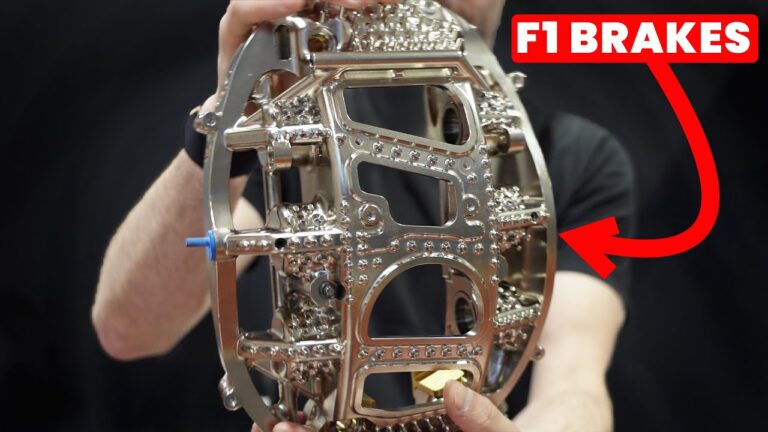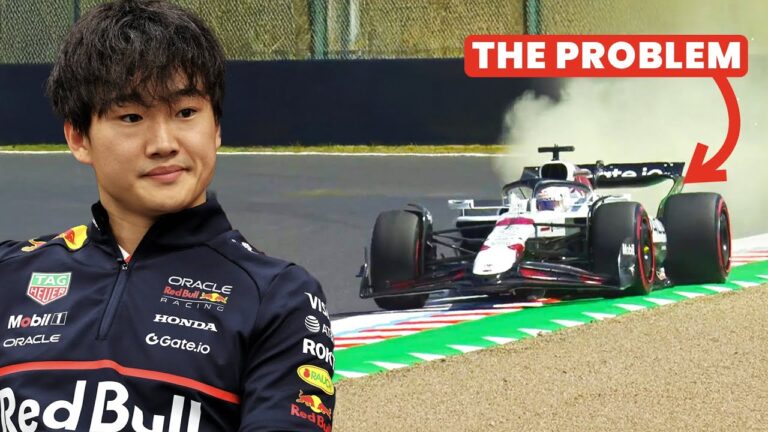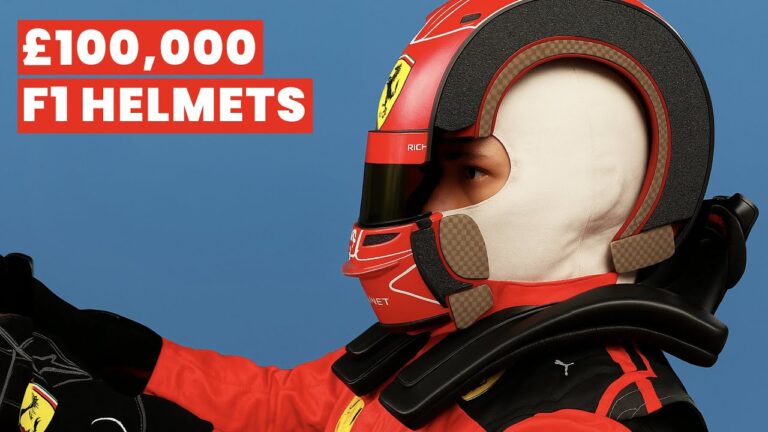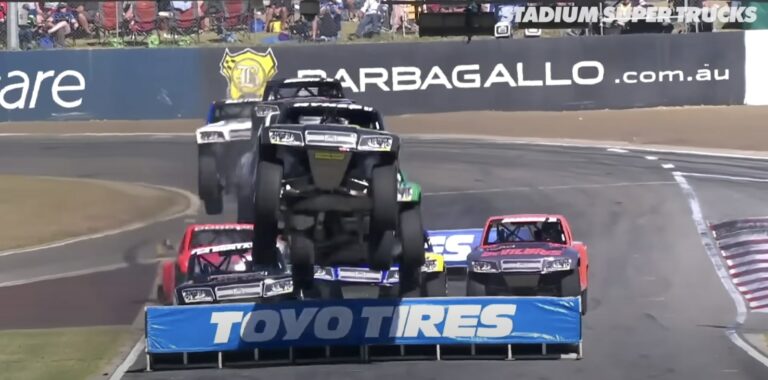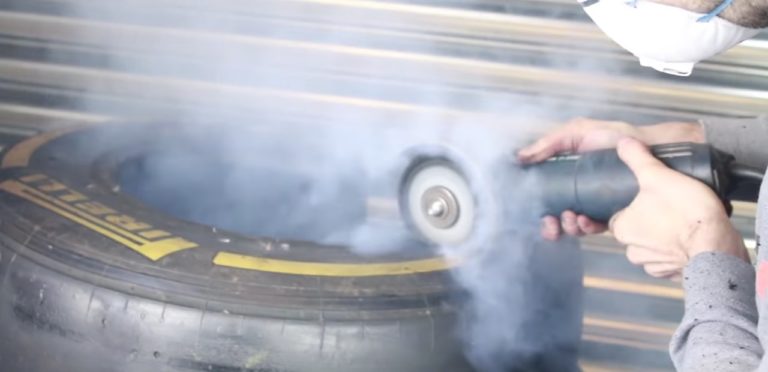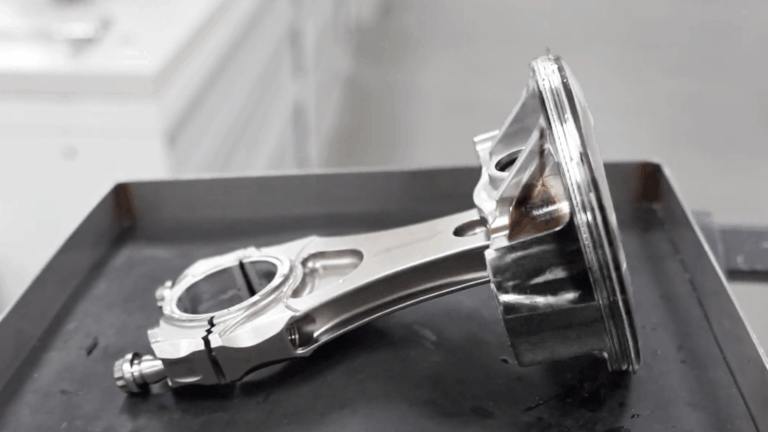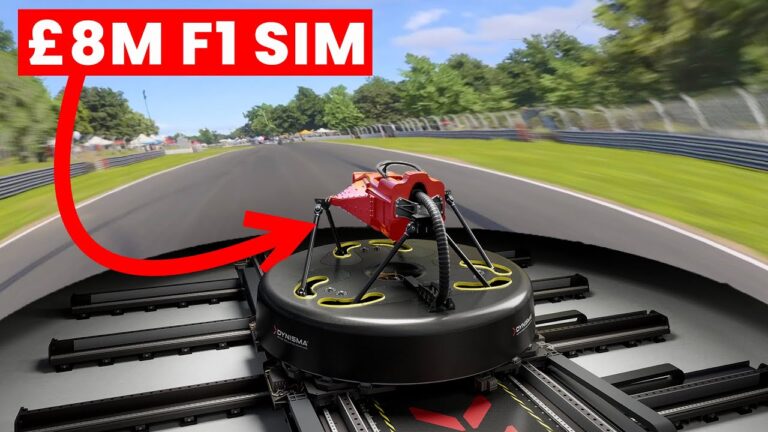Alpine F1 has provided exclusive access to their 2022 F1 car, revealing the incredible engineering behind modern Formula 1 suspension systems. The complexity goes far beyond simply handling bumps and kerbs – it’s fundamentally about managing thousands of kilos of aerodynamic downforce whilst maintaining precise control.
When an F1 car accelerates down a straight, downforce builds exponentially with speed. The wings and floor create a suction effect that travels through the suspension system directly into the tyres, generating the grip that makes cornering at 200mph possible. But this creates F1’s fundamental suspension challenge: you need the car soft enough to handle bumps and maintain tyre contact, yet stiff enough to prevent the massive aerodynamic loads from crushing the floor into the ground.
Alpine’s chassis systems manager explains how this load path works through their ingenious push-rod and pull-rod system. The front uses push-rods that move upward and inward as downforce increases, whilst the rear employs pull-rods for superior aerodynamic packaging. This isn’t about suspension performance – it’s about keeping the top of the gearbox clear for airflow whilst maximising diffuser space underneath.
The heart of the system lies in titanium rockers connecting torsion bars, dampers, heave springs, and anti-roll bars. These torsion bars replace traditional coil springs purely for packaging – creating the extreme stiffness needed in a fraction of the space. At high speeds, both wheels move upward together, compressing the heave spring through a carefully engineered gap that acts as F1’s secret weapon against aerodynamic loads.
What makes the heave spring revolutionary are the small wire mesh elements that function as both spring and hard stop. They allow the car to run soft springs for slow corners whilst preventing the floor from hitting the track when downforce peaks. Teams adjust this gap circuit by circuit – closing it at high-speed tracks like Monza, opening it at bumpy circuits like Monaco.
Unlike lower formulae, where damper adjustments happen constantly, F1 teams swap entire damper units rather than adjusting settings. This extreme weight-saving measure reflects how sophisticated the simulation work has become – they can predict exactly what’s needed before the car even reaches the track.



